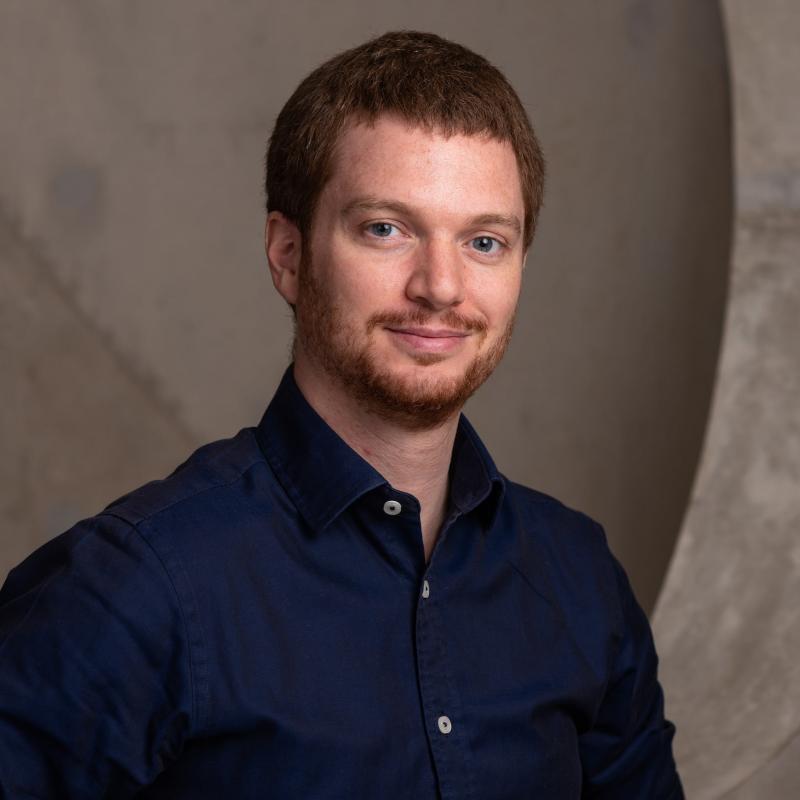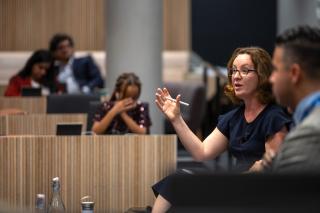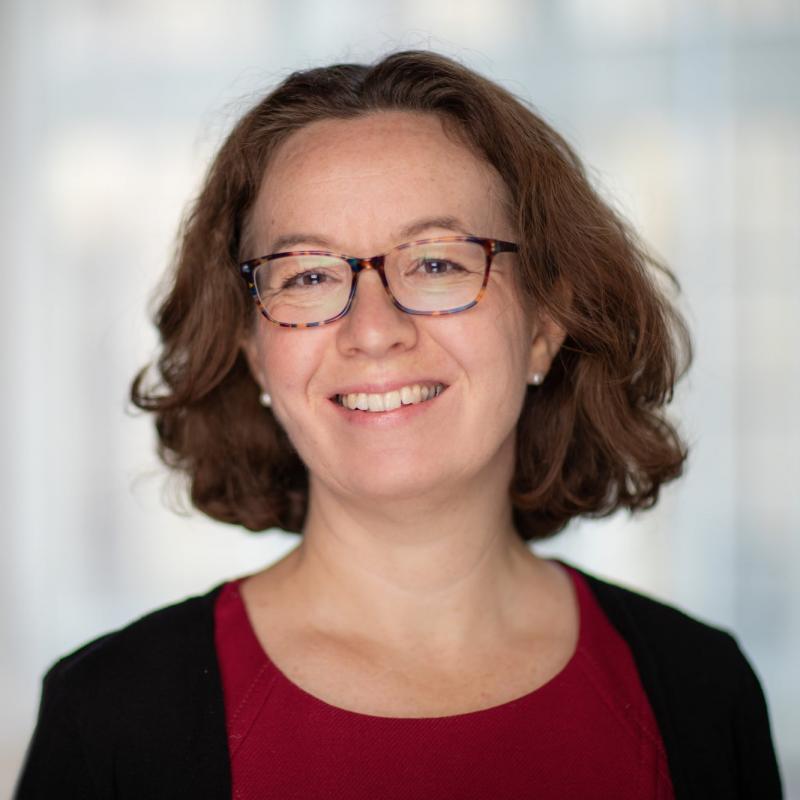The Case Centre on Public Leadership creates real-world case studies and other teaching materials that prepare leaders – at every career stage – to tackle the toughest challenges in public service. We also offer ‘train the trainer’ workshops to equip instructors to bring these resources into their own classrooms.
Explore our library of cases, role-plays, and simulation for immersive, interactive tools to bring your classroom to life.
“There is no other teaching style I have seen which so reliably engages a room, where the skills which are demanded at every turn from politicians and public servants can be put to the test.”
Dr Emily Jones, Director of the Case Centre
From navigating a critical negotiation with diverse stakeholders to managing a crisis response in the face of a national emergency, today’s leaders must think strategically, build coalitions, communicate effectively, and ultimately demonstrate sound judgment under pressure. Our teaching materials bring these challenges to life – preparing policy professionals to lead with confidence when it matters most.
Congratulations to Professor Emily Jones, who was highly commended in this year’s Oxford Vice Chancellor’s Awards for her teaching of negotiation skills. She teaches in the Blavatnik School’s Master of Public Policy and executive programmes, using immersive resources developed by the Case Centre on Public Leadership.
countries across five continents serve as settings in our resources
institutions have used our resources to train 6,000+ participants
educators trained in our workshops
Explore immersive and engaging teaching methods through our training workshops. Our interactive workshops are designed to help instructors from higher education and civil service training institutes prepare their learners to tackle pressing global challenges.
Join us to learn from award-winning faculty with extensive experience teaching both academic and government audiences.

I see cases as really valuable in getting students to apply their conceptual learning and new skills to a real-life problem. Cases are a way to help them integrate knowledge across topics, recall and apply ideas, and exercise judgment.”
A famous study conducted by Dr Gary Klein, an American psychologist, found that firefighters do not deploy rational logic when fighting fires. Instead, they draw on past experiences acquired on the job or in training. Like firefighters, public leaders face unique challenges – complex, evolving situations with high stakes and a wide array of stakeholders. Immersive learning that simulates such situations helps participants develop patterns and knowledge that can be accessed when it really matters.
Case teaching is an education in how to make better decisions when no clear answers are readily available. In a case discussion, participants are challenged to analyse evidence, consider gaps in information, and critically examine trade-offs, risks, and opportunities associated with public sector decisions. With role-play scenarios, participants practice their responses to difficult situations, helping them stay motivated and better retain knowledge.
Case centre team
The team of experienced case writers includes Associate Director Sarah McAra, Senior Case Writer Oenone Kubie, and Case Writer Jasper Theodor Kauth. The team has been recognised for their impact, with one of their recent simulations winning the Oxford University Vice Chancellor’s Award for Innovative Teaching and Assessment. They also received the 2019 Outstanding Case Writer in the international Case Centre awards, dubbed “the business school Oscars” by the Financial Times.





